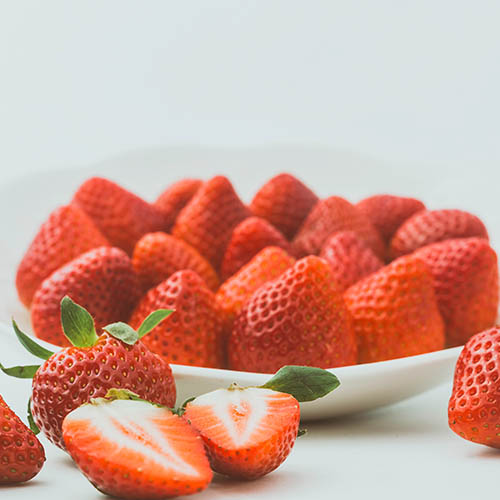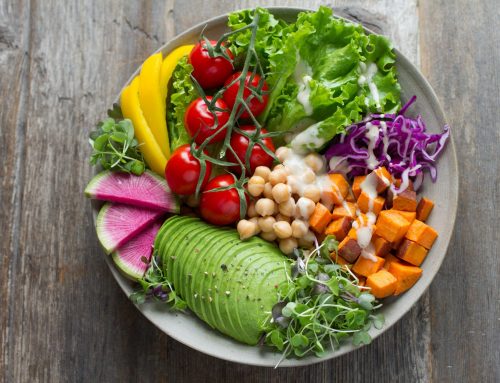What are Antioxidants?
Free Radical Damage
To explain what free radicals and antioxidants are we need a science lesson! In short antioxidants are chemicals that can stop damaging free radicals destroying our cells! Everything is made of molecules these contain atoms which have tiny electrons circling them. But electrons like to be in pairs so as long as they are paired up with a partner so to speak and don’t leave their partner everyone is safe. Electrons are loyal partners sticking to this system quite strictly so keeping the status quo in the body.
However lots of normal processes in the body like the liver detoxification, energy production, cause ‘free electrons ‘to occur frequently and this is normal. The atoms breakdown and these electron pairs split up so these atoms containing unpaired electrons are what are known as free radicals, and they can be very harmful if we don’t have too much of it going on and or the antioxidants to neutralise them. So free electrons are basically free radicals and antioxidants can help mop up the damage, more on this later.
What Causes Free Radicals?
So free radicals can be produced in the body naturally, but they are also introduced from outside sources, like pollution. So where you live and work plays a role in how much pollution you encounter and therefore how much your body has to deal with and it’s not only industrial pollutants but smog, dust, cigarette smoke, household cleaners and farming pesticides. Other factors include our diet and stress. (1) In menopause a high toxic load can worsen symptoms due to a greater toxic burden on the body, increasing the free radical damage often manifesting in low mood, energy and poor skin and nails.
Free Radical damage and your Health
Your body is roughly 60 percent water in fact your body contains billions of oxygen atoms and some of these oxygen atoms may go through oxidation. This is when your body’s oxygen atoms spit and become free radicals, so although this is a normal process that is constantly happening it is something we want to minimize. Oxidized oxygen atoms are compelled like a magnet to find another partner and so steal electrons from anywhere they can find them, so they can be safe and balanced.
This wreaks chaos on the other atoms and they sometimes steal electrons from healthy cells. When free radicals are unable to steal an available electron from other atoms, they may start stealing them from our cells, ultimately causing a breakdown in the DNA in the skin, or other body cells. Often this damage is internal and we aren’t aware of what’s going on until it’s built up over time as in ‘inflammation’ where we become chronically ill. (2)
Antioxidants
Remember, electrons always want to maintain the balance and be paired up. There are compounds, made up of many molecules and atoms, which contain an extra electron that they can donate to a free radical without making themselves unstable. These atoms are known as antioxidants, these are your best defence against free radicals.
You will be exposed to free radicals every day! So while you can’t avoid them you can turn to powerful antioxidants to help protect your skin and overall health. Antioxidants are vitamins and other nutrients that help protect your cells from the damaging effects of free radicals. Vitamins A, C, and E are some of the most well-known antioxidants.
When antioxidants confront free radicals they bind to the unbalanced electrons immediately providing their ‘spare’ electron to the free radical, restoring them to balance before they can cause harm your cells.(3)
Free radicals and the Skin
So, this is the more visible form of free radical damage we may be familiar with e.g. aged skin from sun exposure or smoking are good examples. This process can cause serious skin damage as “healthy” atoms are robbed of their electrons. The damage eventually appears on the skin in the form of wrinkles, sagging, dryness, dullness and unwanted pigmentation, like age spots and broken blood vessels.
Where to find antioxidants
They are in many healthy foods and drinks like kale, spinach, raspberries, blueberries, dark chocolate even coffee and tea. This is the reasons nutritionists recommend adding more dark, leafy vegetables and colourful fruits and vegetables to your diet. Green tea is a very rich source as are herbs and spices so cooking with them can help.
Sadly free radicals are part our internal and external environment however we can support our health and our skin by adding more antioxidants into our diets and topically in our skin-care routine to slow down the harmful effects that free radicals have on our body and skin.
- Rahman K. Studies on free radicals, antioxidants, and co-factors. [Internet]. Vol. 2, Clinical interventions in aging. Dove Press; 2007 [cited 2020 Nov 26]. p. 219–36. Available from: /pmc/articles/PMC2684512/?report=abstract
- Pizzino G, Irrera N, Cucinotta M, Pallio G, Mannino F, Arcoraci V, et al. Oxidative Stress: Harms and Benefits for Human Health [Internet]. Vol. 2017, Oxidative Medicine and Cellular Longevity. Hindawi Limited; 2017 [cited 2020 Nov 26]. Available from: /pmc/articles/PMC5551541/?report=abstract
- Lobo V, Patil A, Phatak A, Chandra N. Free radicals, antioxidants and functional foods: Impact on human health [Internet]. Vol. 4, Pharmacognosy Reviews. Wolters Kluwer — Medknow Publications; 2010 [cited 2020 Nov 26]. p. 118–26. Available from: /pmc/articles/PMC3249911/?report=abstract







